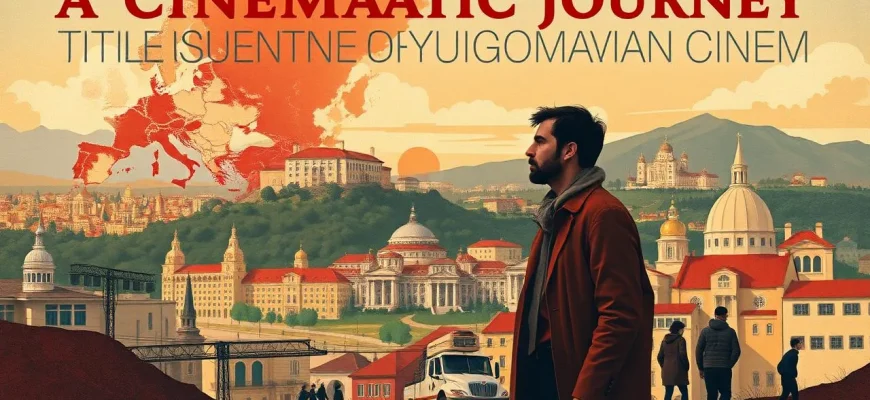Yugoslavian cinema has a rich history, reflecting the complex cultural, political, and social tapestry of the region. These films not only entertain but also provide a window into the past, exploring themes of identity, conflict, and resilience. Here's a curated list of 10 films that capture the essence of Yugoslavia, each with its own unique narrative and cinematic style.
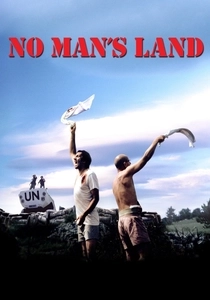
No Man's Land (2001)
Description: Set during the Bosnian War, this film explores the absurdity of war through the story of two soldiers from opposing sides trapped in a trench. It's a poignant commentary on the futility of conflict and the human spirit's resilience.
Fact: It won the Academy Award for Best Foreign Language Film in
 Watch Now
Watch Now 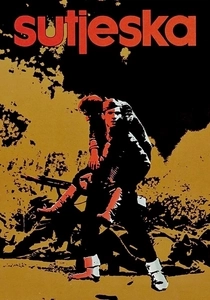
The Battle of Sutjeska (1973)
Description: This epic war film dramatizes the famous WWII battle, showcasing the heroism and sacrifice of Yugoslav partisans against Nazi forces.
Fact: It was one of the most expensive Yugoslav films ever made, with a massive cast and crew, including international stars like Richard Burton.
 30 Days Free
30 Days Free 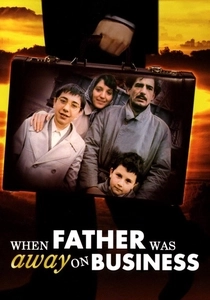
When Father Was Away on Business (1985)
Description: Set in the 1950s, this film examines the impact of political purges on a family, offering a nuanced look at life under Tito's regime in Yugoslavia.
Fact: It won the Palme d'Or at the Cannes Film Festival in 1985, making it one of the most celebrated Yugoslav films internationally.
 30 Days Free
30 Days Free 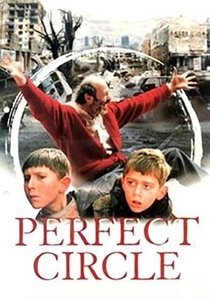
The Perfect Circle (1997)
Description: This film captures the harrowing experiences of children during the Siege of Sarajevo, focusing on the bond between two boys and their struggle to survive amidst the chaos of war.
Fact: It was the first Bosnian film to be submitted for the Academy Award for Best Foreign Language Film. The director, Ademir Kenovic, used real-life experiences from the siege to craft the narrative.
 30 Days Free
30 Days Free 
Underground (1995)
Description: This epic black comedy-drama by Emir Kusturica spans over 50 years of Yugoslav history, from WWII to the 1990s. It's a satirical look at the absurdity of war and the human condition, making it a must-watch for understanding the region's tumultuous past.
Fact: The film won the Palme d'Or at the Cannes Film Festival in
 30 Days Free
30 Days Free 
The Wounds (1998)
Description: A gritty portrayal of the Belgrade underworld in the early '90s, this film delves into the lives of two friends caught in the criminal world, reflecting the societal decay during the breakup of Yugoslavia.
Fact: It was selected as the Serbian entry for the Best Foreign Language Film at the 71st Academy Awards but was not nominated. The film was banned in Serbia for a short period due to its controversial content.
 30 Days Free
30 Days Free 
Pretty Village, Pretty Flame (1996)
Description: Based on a true story, this film follows a group of Serbian soldiers trapped in a tunnel during the Bosnian War, exploring themes of friendship, betrayal, and the absurdity of war.
Fact: The film was controversial for its portrayal of the war, with some critics accusing it of bias. It was also one of the highest-grossing films in Serbia.
 30 Days Free
30 Days Free 
The Fall of Italy (1981)
Description: This film uses a blend of documentary and fiction to explore the experiences of Italian soldiers in Yugoslavia during WWII, offering a unique perspective on the conflict.
Fact: It was one of the first films to use a mix of real historical footage with staged scenes to tell its story.
 30 Days Free
30 Days Free 
The Melody Haunts My Memory (1978)
Description: A poignant tale of love and loss set against the backdrop of WWII, this film captures the emotional turmoil of a young couple separated by war.
Fact: The film was part of a trilogy by director Rajko Grlić, each exploring different aspects of Yugoslav history.
 30 Days Free
30 Days Free 
The Girl from Petrovac (1967)
Description: A romantic drama set in the aftermath of WWII, this film tells the story of a young girl's journey to find love and purpose in a war-torn country.
Fact: It was one of the first Yugoslav films to gain international recognition, showcasing the country's cinematic talent on a global stage.
 30 Days Free
30 Days Free 
